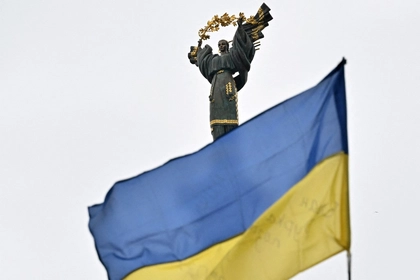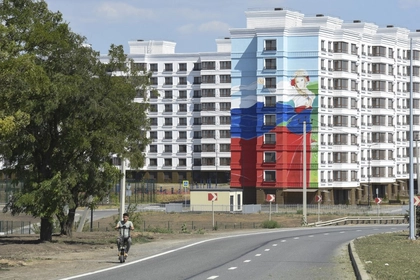Entering the third year of a comprehensive invasion, Ukraine meets new challenges. The conflict has been prolonged, with Russia bolstering its technological capabilities and garnering support from autocratic nations, gradually encroaching further into our territory.
Aid from our allies shows signs of waning. In this context, societal despondency is escalating, sparking political turmoil and sustained economic downturn.
JOIN US ON TELEGRAM
Follow our coverage of the war on the @Kyivpost_official.
Meanwhile, Russia’s economy is adapting to the conflict and sanctions, experiencing growth particularly due to its military-industrial complex, and possessing a demographic advantage over Ukraine.
Despite liberating over 50 percent of the occupied territory, reclaiming control over the Black Sea region, and demonstrating Ukrainian resilience to the world, our reliance on external assistance, especially from the United States, remains critical. Europe’s support, while substantial, falls short of compensating for US aid, primarily in terms of offensive capabilities necessary for a war of attrition.
The sudden reduction in US support has already impacted our artillery capabilities, forcing us to ration resources carefully. Let’s explore three scenarios for the future, contingent on US assistance.
The first one, optimistic in nature, envisions Ukraine receiving the pledged aid package, albeit with stringent accountability measures, reform mandates, and heightened scrutiny over military reports. While US support would bolster our defense and expedite territorial recovery, it demands transparent utilization of resources. Ukraine will effectively defend itself and will more quickly reclaim territories currently occupied by Russia.

Diane Francis Interviews Mikhail Zygar, Yaroslav Trofimov on Prospects of Russia’s War on Ukraine
The second, a more realistic outlook, anticipates reduced assistance, likely focusing on military aid. Such support may entail financing American corporations and European allies providing equipment and ammunition. However, without substantial resources like tanks, aircraft, and missiles, battles would intensify, resulting in greater casualties. We are anticipating F-16 aircraft from the Netherlands. Naturally, the US will closely monitor Ukraine’s mobilization efforts, as military aid is unlikely to be provided in the absence of adequate manpower. It’s evident that a substantial arsenal, including tanks, F-16 aircraft, attack helicopters, as well as ammunition and missiles, is essential for gaining an advantage on the battlefield. In the event of reduced assistance, we will lack these critical resources. Consequently, battles will become fiercer, resulting in greater losses. Our allies must comprehend this reality. Moreover, over the past two years, our allies have supplied enough weaponry to prevent defeat but not enough to secure victory and overcome Russia. The Russians, unhesitant in sacrificing lives, possess a significant stockpile of ammunition.
The third scenario, a negative trajectory, foresees aid delays exacerbating the exhaustion of our defense forces and deepening political and social crises. Forced negotiations to freeze the conflict may ensue, but discussing this prospect seems counterproductive amidst evolving circumstances.
Aware of the broader implications, the US military command and NATO recognize the risk posed by Ukraine's potential collapse. Failure to aid Ukraine could embolden Russian aggression beyond our borders, jeopardizing regional stability. While US assistance is anticipated, urgency is paramount. Russia's actions must not go unchecked, as collective efforts of democratic nations shape the world we aspire to inhabit.
Vadym Ivchenko, Member of the Verkhovna Rada Committee on National Security, Defense and Intelligence
The views expressed in this opinion article are the author’s and not necessarily those of Kyiv Post.
You can also highlight the text and press Ctrl + Enter






